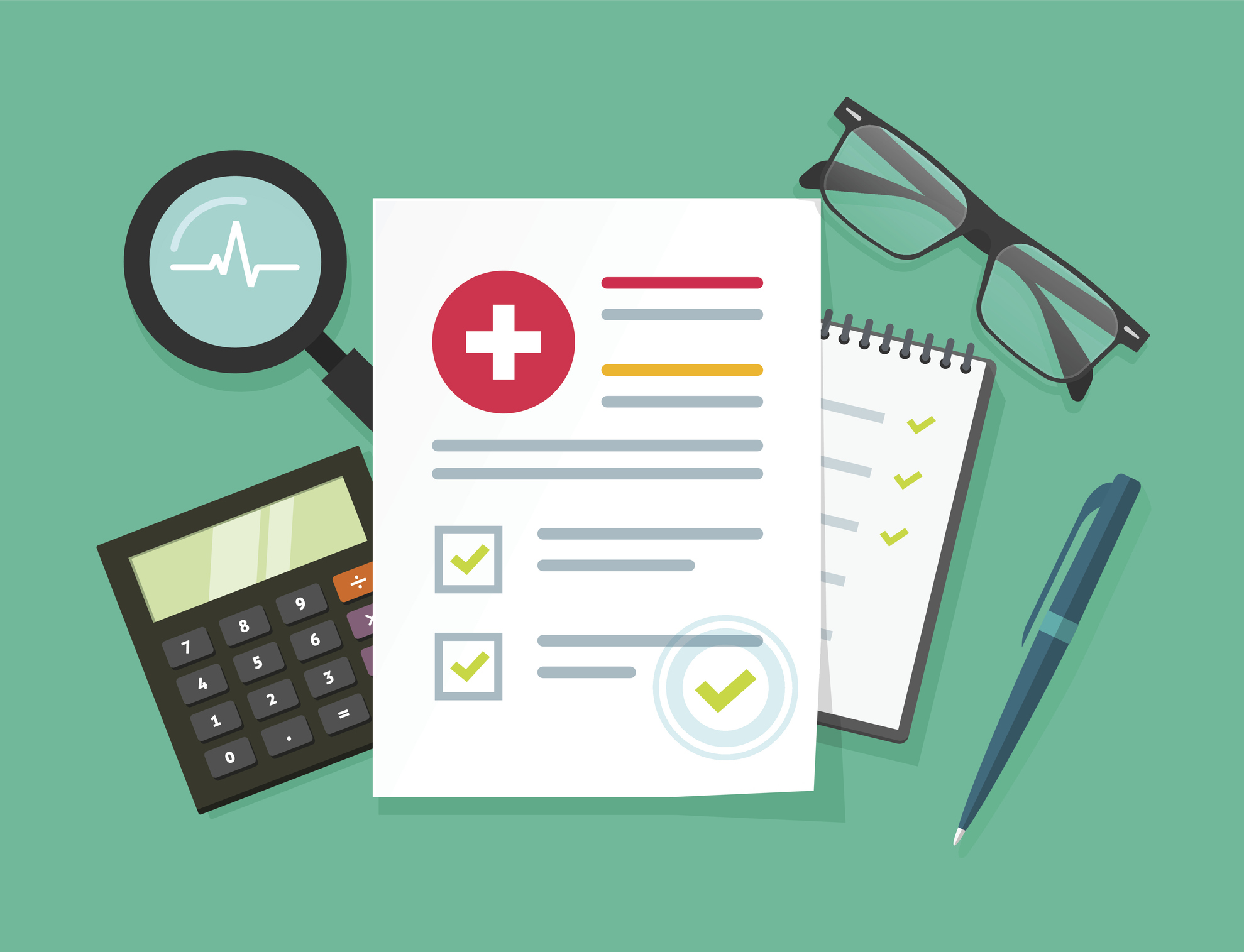Are You Protecting Your Young Workers?
Recently, several states have proposed loosening child labor laws, including extended work hours during the school year and positions in more dangerous occupations. Employers seeking to hire this untapped segment of the workforce should understand the responsibilities and risks involved.
February 13, 2024

Last month, Florida became the newest state to propose legislation weakening child labor laws. These laws could allow 16- and 17-year-olds to work on residential construction sites and work up to 40 hours a week, including throughout the school year. Arkansas, Iowa, New Hampshire, and New Jersey have already enacted this type of legislation. While this may fill employment gaps, some measures, like Iowa’s, which allows children as young as 15 to work around dangerous assembly line machinery, could be extremely hazardous.
“If employers want to help build the right mindset in a younger workforce, then it is essential for these employees to be both properly trained and protected from onsite risks,” said Sara Gibson, Senior Risk Services Manager at Safety National. “Working safely is one of the vital life and career skills necessary to becoming a successful and fully functioning participant in a rapidly changing work environment.”
Here, we outline many of the resources offered to employers to protect these young employees, including related research on the issue.
Young Worker Injury Rates
Adolescents and young adults under age 25 represented approximately 11.7%, or 17.3 million workers, of the US workforce in 2020. Compared to adult workers, they experience higher rates of job-related injury. According to the National Institute for Occupational Safety and Health (NIOSH), from 2012-2018, 3.2 million young workers experienced nonfatal, job-related injuries requiring emergency treatment, a rate 1.5 times greater than adult workers. Many young employees start their work experience in restaurant and retail settings, creating a higher rate of injury for those working in these industries.
Employer Training Resources
The Occupational Safety and Health Administration (OSHA) offers resources for both employers and parents of young workers. For employers hiring younger staff, OSHA has outlined some of the responsibilities, including:
- Understanding and complying with relevant federal and state child labor laws. These laws prohibit youth from working certain hours and from performing dangerous and hazardous work.
- Ensuring young workers are trained and can recognize hazards. Training should be in a language they understand and include prevention of fires, accidents, and injury response.
- Encouraging young workers to ask questions and ensuring they know who to ask.
- Ensuring equipment operated by young adults is both legal and safe for them to use.
NIOSH has an educator training program, Youth@Work – Talking Safety, a free, fun, and engaging curriculum designed to equip middle and high school students with foundational occupational safety and health knowledge and skills. The curriculum is composed of six lessons that are state-specific.
Risks to Youth Well-Being
While there is a critical need for further research on the effects of adolescent employment on their health and well-being, groups like the American Psychological Association (APA) are pushing to protect young employees from dangerous conditions. The group recently published a resolution on Developmental Risks and Opportunities in Adolescent Employment due to reports of youth being injured or killed through unsafe job conditions. The resolution includes:
- A call to state and federal officials to increase enforcement of laws, regulations, and penalties for industries and employers engaging in exploitative and detrimental youth labor practices that compromise the health and well-being of young workers.
- A call for more research on the benefits and risks of employment during the school year on adolescent health, well-being, and educational advancement. However, they do know that stressful work conditions and intensive hours have been associated with adverse effects on adolescents’ behavior, school achievement, and overall well-being.
- The need for more urgent attention on potential risks due to the current state of mental health crises in youth. From 2020 to 2021, there was a 12% increase in diagnoses of depression, anxiety, and post-traumatic stress disorder among youth. Additionally, 1-in-5 adolescents considered suicide in 2021.
For more expertise, guidance or resources on this topic, please contact [email protected].

























